Reprinted with permission from WRNBC Network News 30(2) of the Wildlife Rehabilitator’s Network of British Columbia
by Ana Mendes
What is an SOP?
A Standard Operating Procedure (SOP) is a set of fixed instructions or steps for carrying out routine operations. These rules provide structure and framework to an organization with multiple employees and/or volunteers.
Alternative paperwork:
Protocols: detailed plan of a scientific or medical experiment, treatment or procedure
Policies: course or principle of action adopted or proposed by an organization or individual
Procedure: who, what, where, when and how a task should be completed
- Scope: What is the intention/purpose of the procedure
- Responsibility: Who performs the procedure
- PPE: Necessary safety equipment
- Materials: Items needed to perform the procedure
- References: Any external resources or guides used
- Definitions: Any special terminology used that needs clarification for the user
- Procedure: Step-by-step how-to list for completing the task
How to write an SOP:
With pen and paper in hand, sit and think. Go through the motions of the procedure and jot down in point form the steps you are going through from start to finish. Next, open up the template and begin to fill in the ‘easy’ categories (PPE and materials). Type out your quick list in the procedural category. If you can come up with a scope or responsibility at this time, go ahead, though it may be easier to leave for last. Gather your references if needed and start writing out each procedural step in full. Make sure to document your references.
Congratulations, your rough draft is complete! Now you can review it several times, have peers and managers review it, and edit it as needed. When finished, print the final draft, sign it and have the manager sign it so it can be filed away in an SOP manual.
Why develop an SOP?
An SOP will serve as framework for organizational policy – providing direction and structure. Having SOPs will provide written documentation of best practice, recording present knowledge and experience for other rehabilitators. SOPs can build a foundation for job descriptions, training, disciplinary action and performance review.
Building a SOP library will begin to standardize processes, assuring consistent work across employees and volunteers. The resource that SOPs provide reduces questions and improves training practices. These SOPs can be shared across centres, improving best care practices. Expectations of employees can be documented using SOPs, keeping workers accountable and ensuring best patient care by providing step by step instructions.
Helpful hints:
Start with what you have. Use current protocols or start with small daily tasks that you are confident performing (e.g. cleaning songbird enclosures). Find where your task fits. Not everything needs an SOP; surgeries and rescues cannot be predicted and therefore cannot have SOPs. When a task includes “ifs,” a policy or protocol may be more fitting.

Leave a Reply
You must be logged in to post a comment.